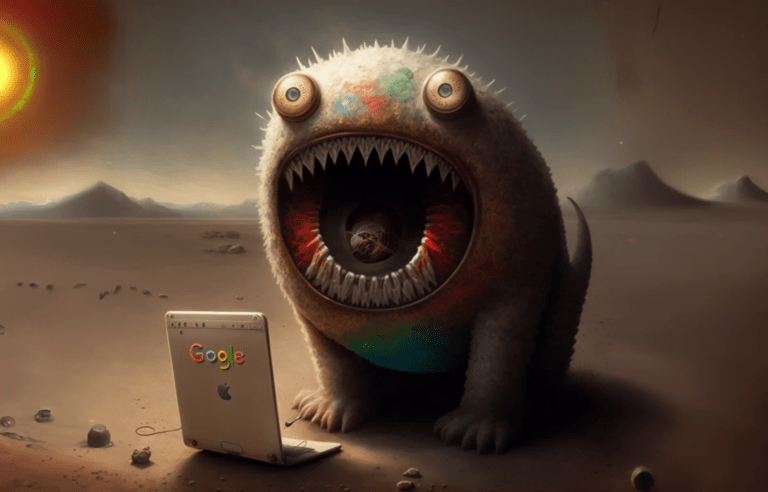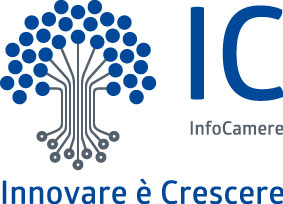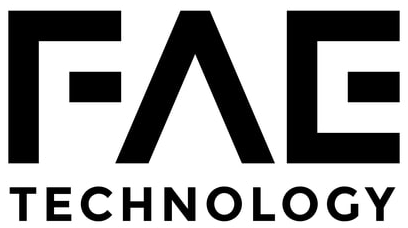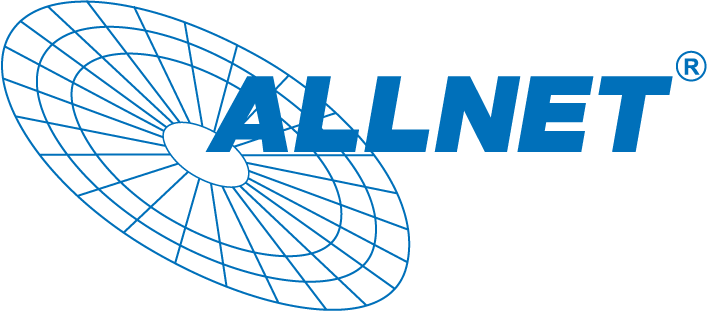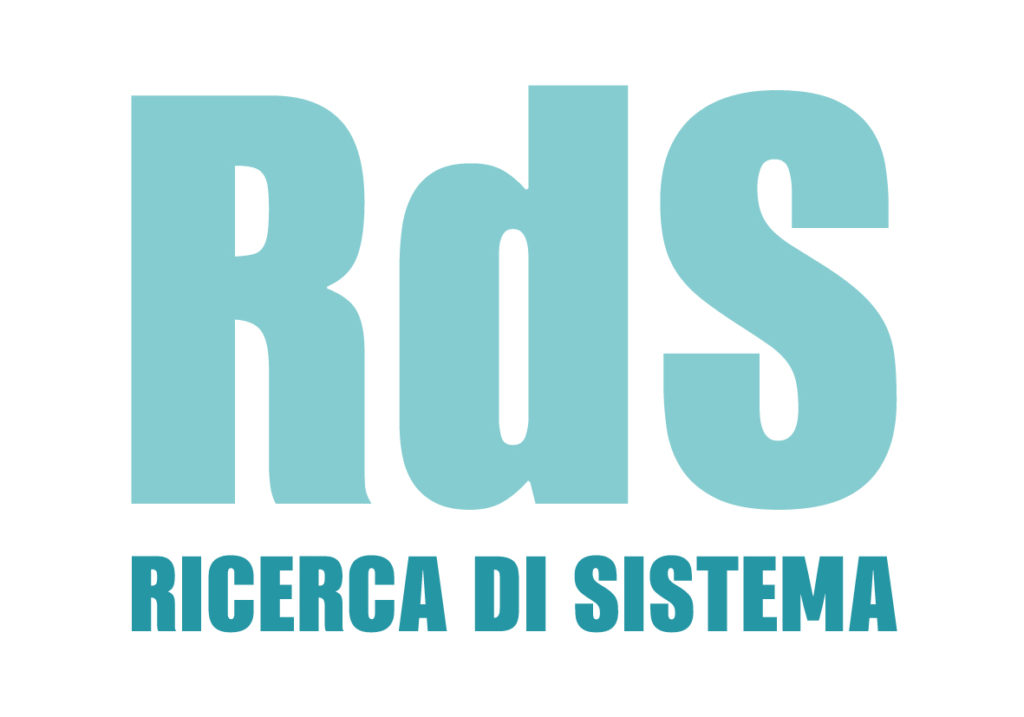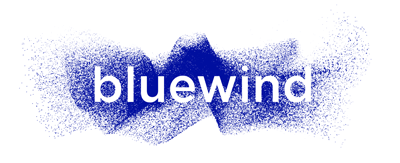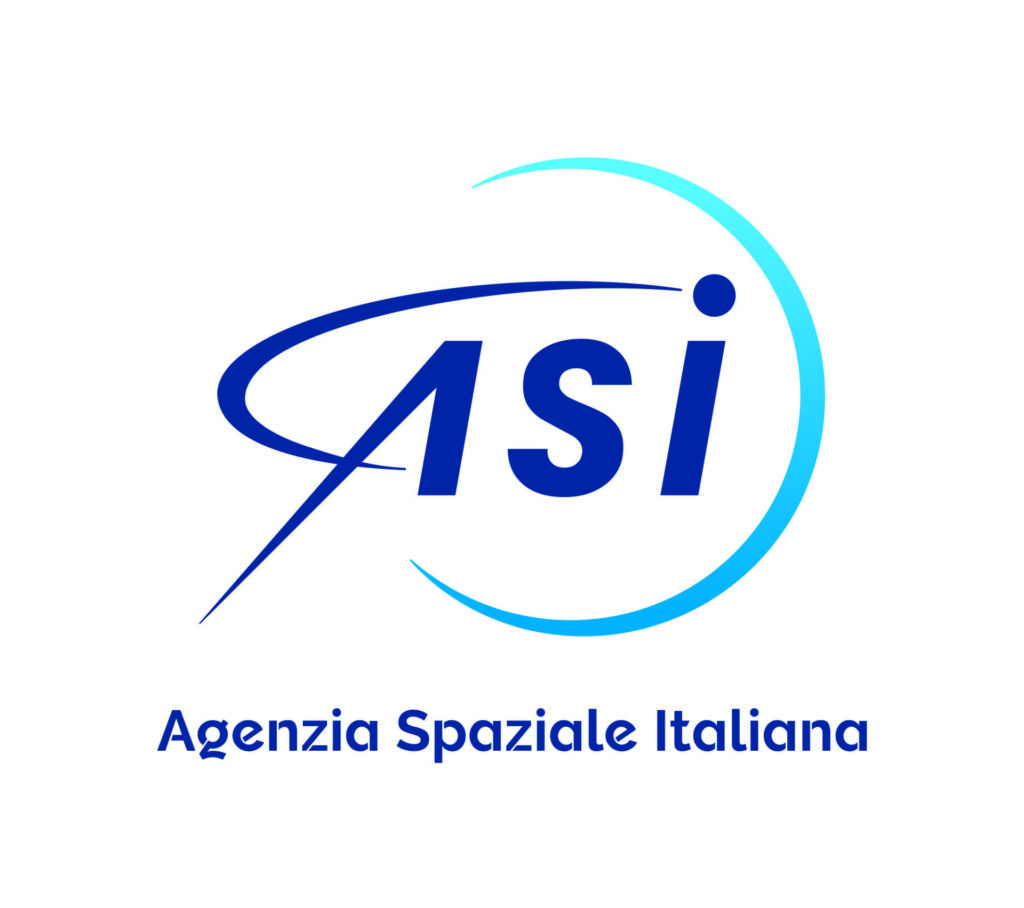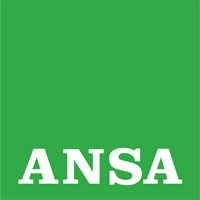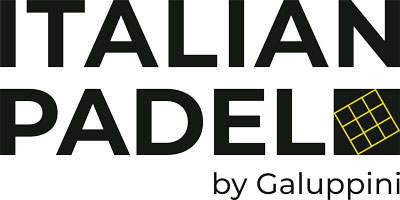ChatGpT: a look at the latest updates that deserve attention
If technology is constantly evolving, what are the “risk factors” we should keep en eye on?
Most users testing Microsoft’s new search engine, powered by the same chatbot technology developed by OpenAI, will have the option to access a setting that allows them to decide the mood of the generated responses.
In other words, Bing will be able to interact with us in a “balanced,” “creative,” or “precise” manner, as indicated by us.
Is this another step forward in making AI conversations more human and realistic?
Probably yes. However, Redmond executives warned via Twitter that “errors are possible” and that it is always advisable to check the accuracy of the responses produced by the machine.
The key point of the ChatGpt “revolution” lies precisely here: how reliable are the contents made available to us?
And how recognizable are they compared to those created by human beings? Some software responds to the latter question, whose peculiarity is precisely to detect the distinctive signs of generative AI and determine whether a text or image was created by ChatGpt or by other artificial intelligences.
OpenAI itself, when the phenomenon spread in schools (including universities) in the United States to produce written texts, pointed out that tools were already being developed to help anyone (teachers and educators in general) identify algorithm-generated text.
The final solution proposed by the company led by CEO Sam Altman could be a kind of invisible watermark to be attached to content to avoid using ChatGpt output by passing it off as human and thus prevent the risk of plagiarism or maliciously impersonating someone’s writing style.
Meanwhile, to identify the authorship of a text or image created by a bot, one can resort to various software (free or paid) with different comprehension capabilities.
The list of available solutions (including web interfaces, deep learning models, and open-source applications) is quite substantial, but the fact remains that, in general, such tools (especially “free software”) cannot identify all potentially used artificial intelligences to generate content.
The last “classifier” to look at
The “classifier” (AI Text Classifier) developed by OpenAI and trained to detect the “evidence” that a text was written by ChatGpt and similar is proof of this: as the startup itself admits, the technology is constantly refining and is currently only partially reliable, opening up the risk of “false positives.”
Therefore, we are talking about fallible software in recognizing the origin of written content, even though they are undoubtedly useful for this purpose.
- GPTZero, for example, created by Edward Tian, a student at Princeton University, analyzes a text based on two main characteristics of the information reported in it, perplexity, and burstiness.
- GPT-2 Detector, in turn, is an open-source classification tool capable of recognizing whether a text was generated thanks to GPT-2 technology, and the same goes for Open AI Detector, developed and hosted by Hugging Face.
- Stable Attribution allows identifying which graphic elements were used to train the artificial intelligence software that generates images and searches for the graphic elements on which the AI was trained.
- AI Image Forensics, created by a European non-profit organization, is also aimed at image recognition and detects characteristic features of artificial intelligences such as the repetitiveness of certain patterns and the presence of compression artifacts, while
- Sightengineis a paid service that uses machine learning to intercept inappropriate or manipulated content generated by AI.
- Fakespot is an interesting tool that, thanks to automatic learning techniques, analyzes online product reviews and identifies those that may have been created by generative AI.
The technology is in constant development, and new tools are continually being created to make AI-generated content more transparent and recognizable.
Maker Faire Rome – The European Edition, promoted by the Rome Chamber of Commerce, has been committed since its first edition to making innovation accessible and usable, offering content and information in a constantly updated blog full of opportunities for the curious, makers, SMEs, and companies that want to enrich their knowledge and expand their business, in Italy and abroad.
Follow us, subscribe to our newsletter:we will provide you only with the right information to deepen the topics of your interest.


